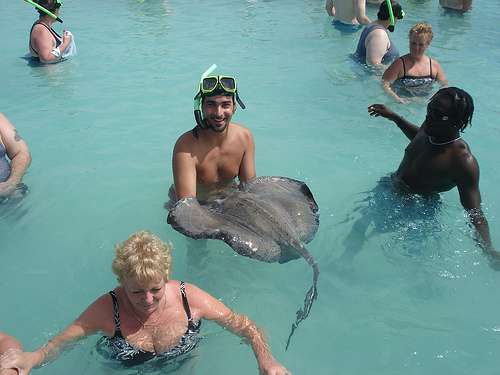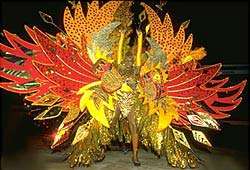Carnival in Antigua is an amazing event that runs for about a week and a half during the last week of weekend of July and the first week of August.
The Antiguan Carnival is a celebration of music and dance held annually from the end of July to the first Tuesday in August. The most important day is that of the j'ouvert (or juvé), in which brass and steel bands perform for much of the island's population. Barbuda's Carnival, held in June, is known as Caribana. The Antiguan and Barbudan Carnivals replaced the Old Time Christmas Festival in 1957, with hopes of inspiring tourism in Antigua and Barbuda. Some elements of the Christmas Festival remain in the modern Carnival celebrations.
It is a ten-day festival of colorful costumes, beauty pageants, talent shows, and especially good music. The festivities, which celebrate emancipation, range from the Party Monarch and Calypso Monarch competitions of Calypsonians, the Panorama steel band competition, and the spectacular Parade of Bands to the Miss Antigua Pageant and the Caribbean Queen's Competition. In addition to these major events, the nonstop revelry of this eleven-day carnival includes innumerable smaller festivities, including local concerts, food fairs, parades, and cultural shows.






